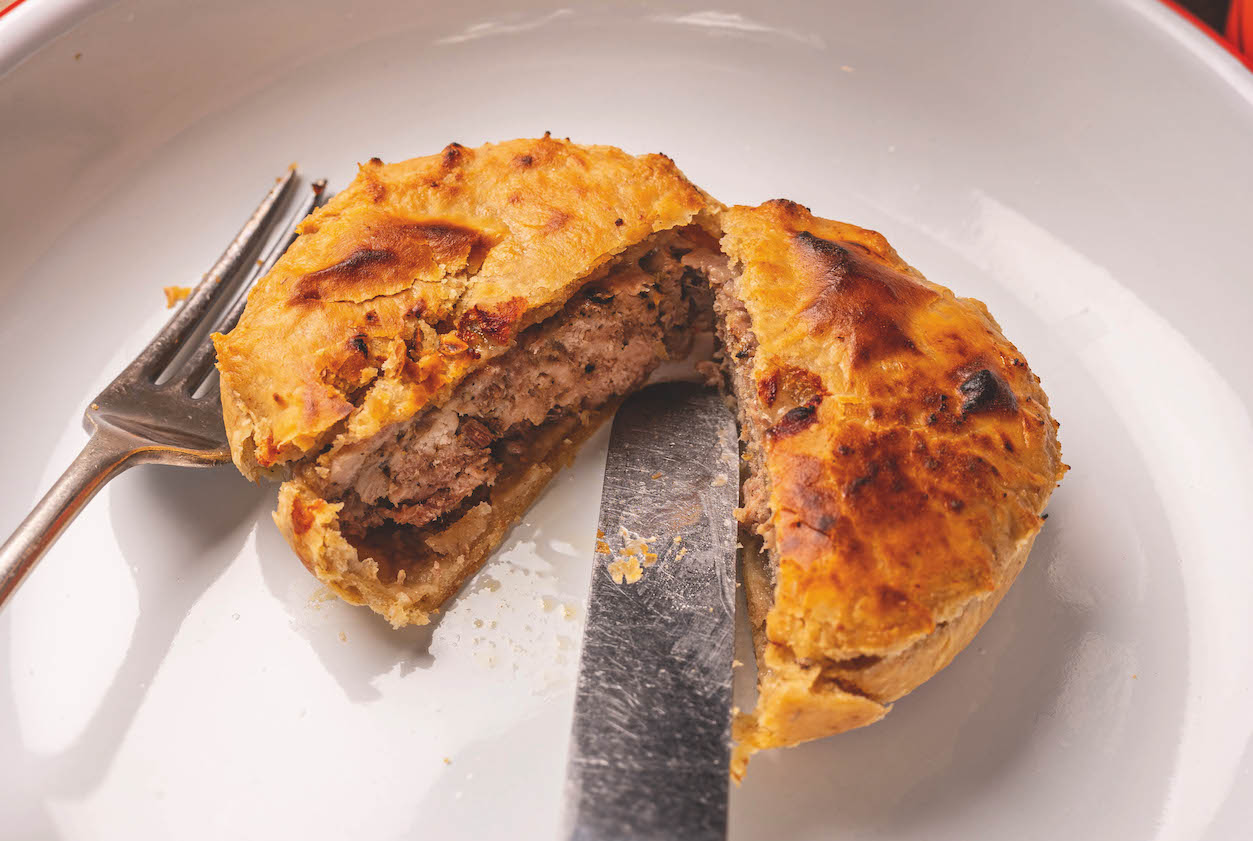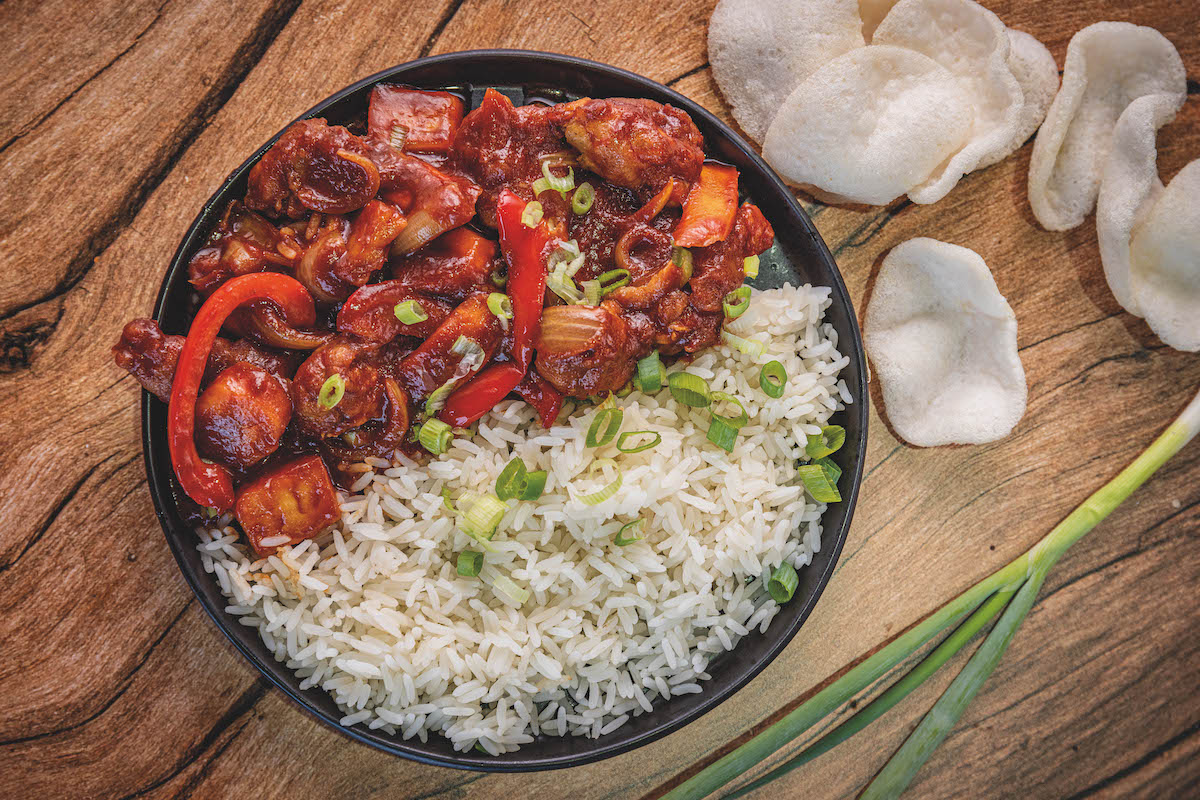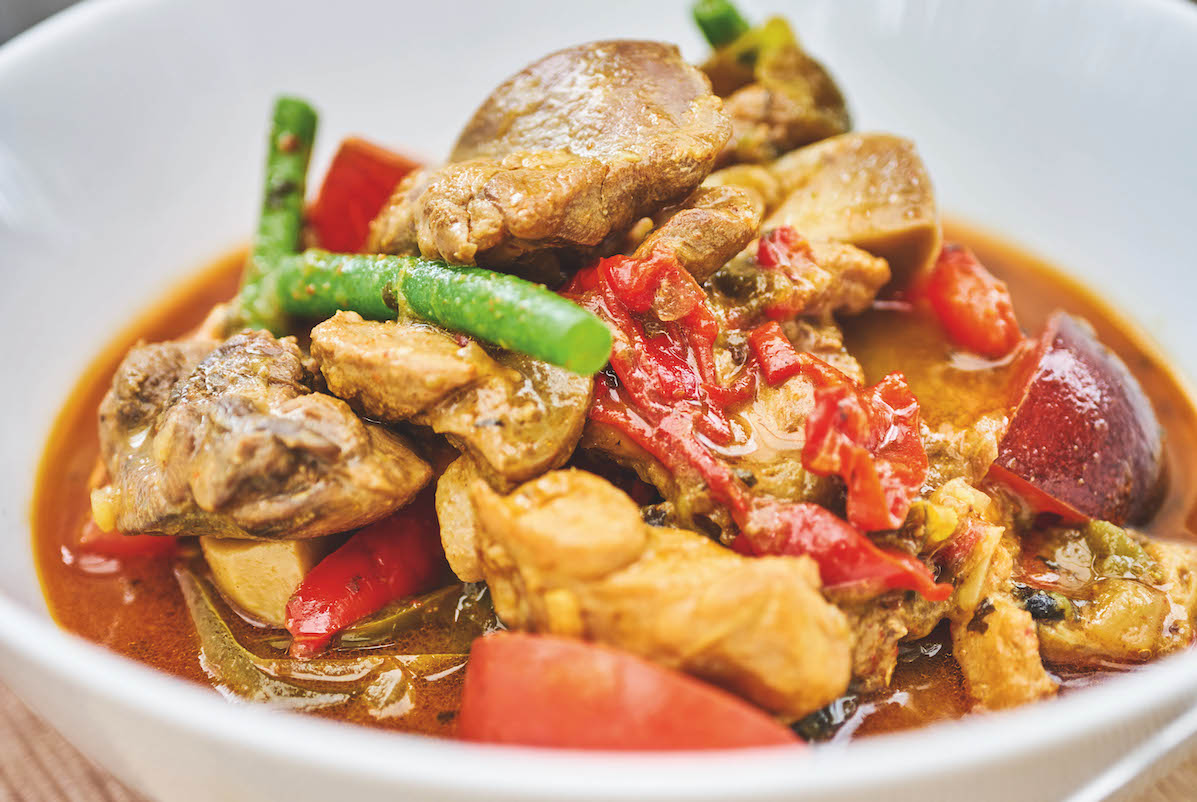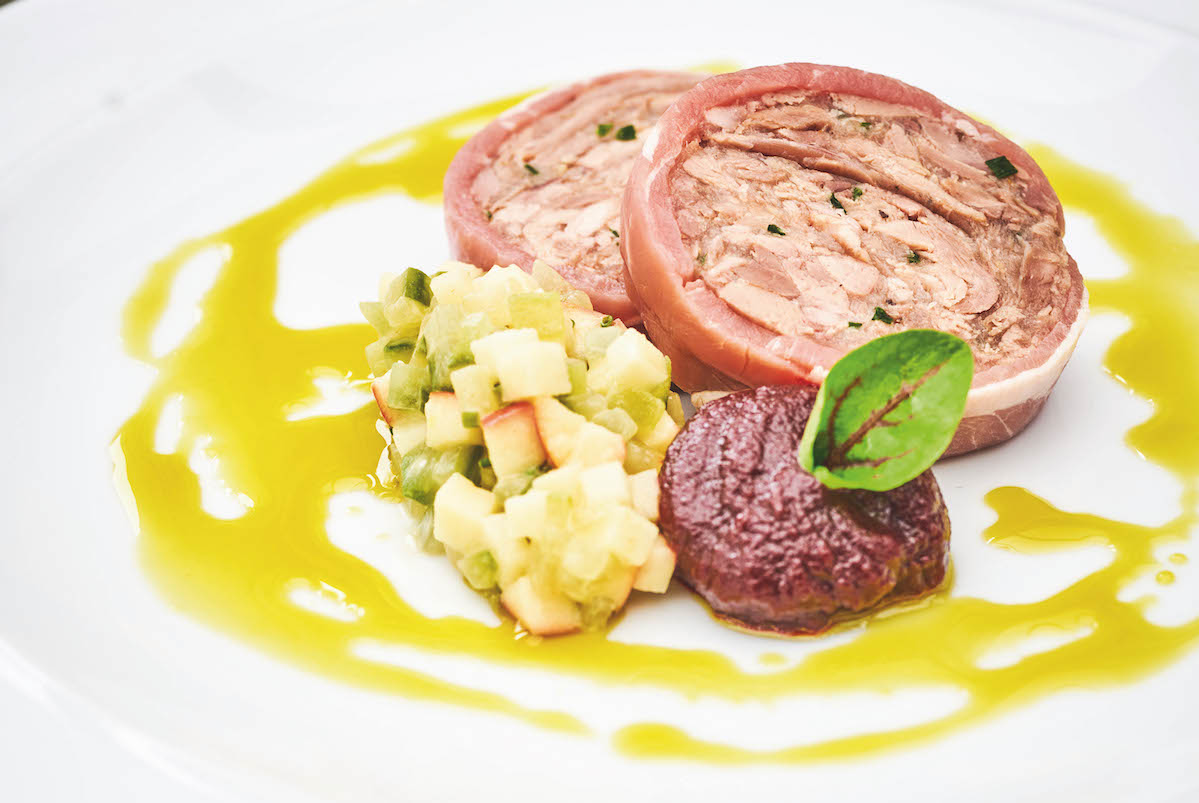Scotch pie recipe – an ideal way to cook with late season pheasant
The depth of flavour in a late-season pheasant is exploited to the full with Tim Maddams creating a fresh take on the famous Scotch pie. Makes about 8 small pies.

Pheasant Scotch pie
I love a Scotch pie… the cheeky design of thinly rolled hot-water-crust pastry, always on the edge of being a bit too tough, specifically so that the meaty treat can be stuffed into your chops on the hoof. Structural rigidity also means the Scotch pie can be transported easily without falling apart or being crushed. Pasty makers of the far South, take note.
As the pies are traditionally made with mutton, seasoning and almost nothing else, I have been pilloried on social media for including grated neeps and tatties within, as if the presence of these vegetables is sheer horror.
I have learned well from that experience and will thrust my head over the culinary parapet to offer you this version of Scotch pie, which is ideally suited to the late-season pheasant with its depth of flavour, its fat content and its sheer abundance. (Read our of store cupboard pheasant recipes.)
Pheasant Scotch Pie
Ingredients
For the pastry
- 90g beef dripping, lard or butter (or use a combination of any two)
- ½ tsp sea salt
- 6 tbsp water
- 220g organic stoneground flour
For the pheasant mix
- 1 tsp fennel seeds
- 1 tsp coriander seeds
- 1 tsp dried green peppercorns
- A pinch of ground mace
- The boned thigh and breast meat from 1 pheasant, minced
- A sprig of fresh thyme
- 1 small onion, very finely chopped
- 1 small measure of malt whisky
- Salt

Making the pie
Method
- First, make the pastry. Set the fat, salt and water on the stove in a medium-sized pan and allow all the fat to melt, without boiling off too much of the water.
- Remove it from the heat, then add all the flour at once, stirring vigorously to bring it together into a dough. Let the pastry cool for 10 minutes, then knead it to make it smoother and more elastic. Allow it to cool to room temperature before use.
- Now, move on to the seasoning of the pheasant. Roast the fennel, coriander and pepper, then grind them together with the mace in a pestle and mortar.
- In a mixing bowl, combine the minced pheasant, thyme leaves, onion, whisky and as much of the seasoning and salt as you fancy. Set the mix aside and preheat the oven to 190°C.
- Roll out the pastry until it is as thin as a 50p piece, perhaps even a touch thinner, dusting with extra flour to prevent sticking.
- Using a saucepan lid, or something similar, as a guide to cut around, cut out a circle of pastry that will fill the pie ring or mould being used and come up the sides. Then cut enough pastry pieces, exactly the same size as the pie ring, to top off the pies.
- Place a large round of pastry in a pie ring and tuck it in well. Add a large tablespoon of the pie filling and spread it out a little. Add a smaller circle of pastry to the top and crimp around the edge by squeezing gently between finger and thumb, so the top sticks to the bottom. Gently remove the pie from the ring and place on a non-stick baking sheet. Repeat until all the pastry has been used.
- Lightly brush the top of each Scotch pie with a little milk or egg wash, sprinkle with a tiny amount of sea salt flakes, then use a cocktail stick to make a pair of small holes in the middle of the lid to allow excess steam to escape.
- Bake the pies for 15 to 20 minutes, until golden brown and piping hot. Allow them to cool before serving.








